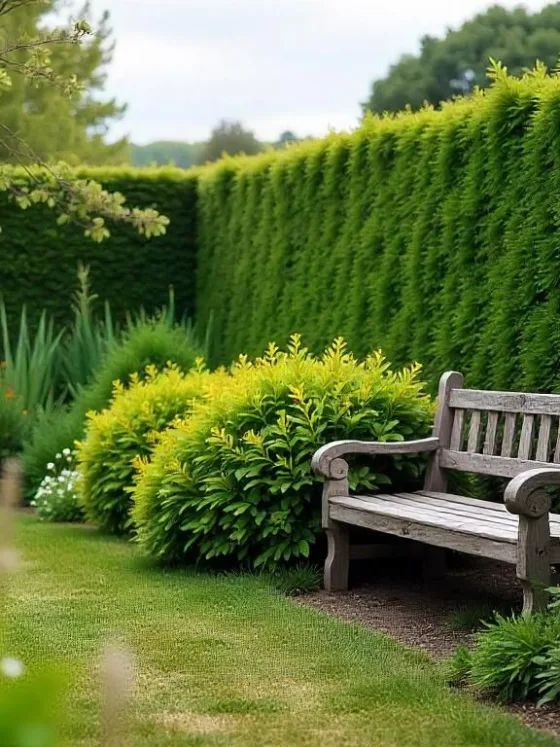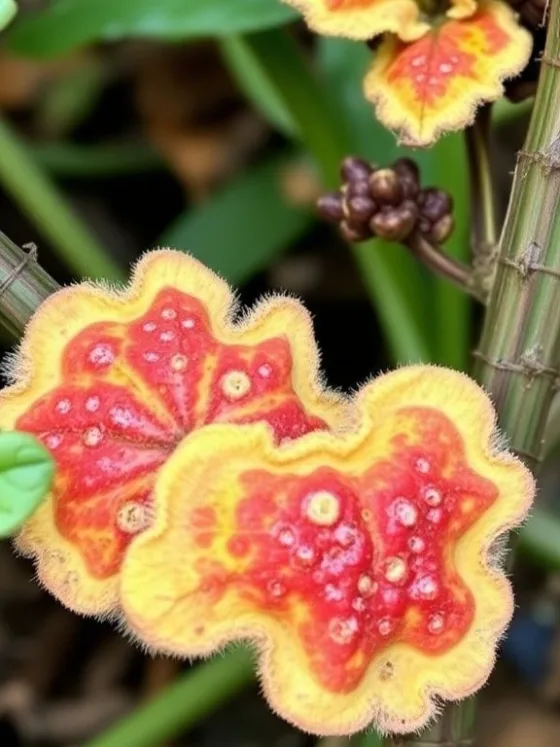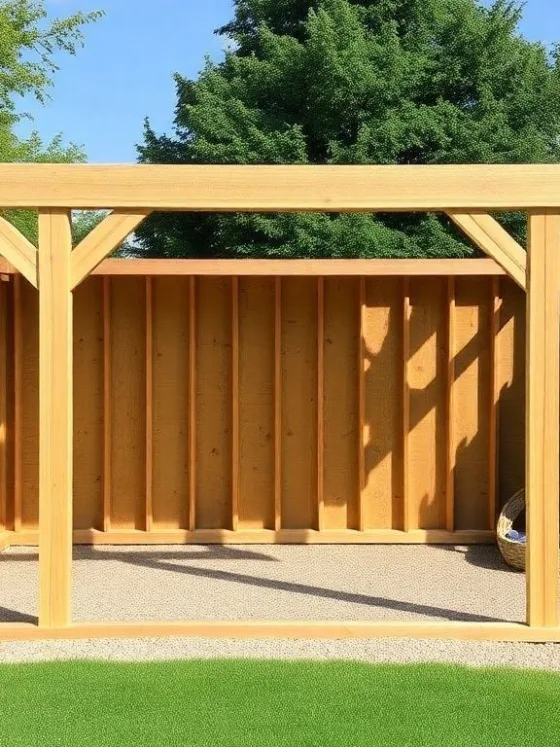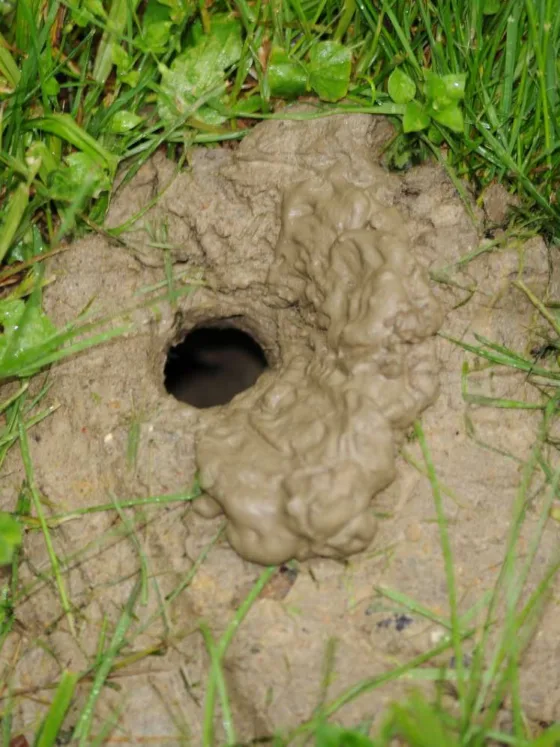Table of Contents Show
As winter passes into spring and the snows melt away, our precious outdoor living spaces are revealed once more, along with the trees and shrubs, and other plants we so love. Spring should be a happy time, a time of reunion and reconnecting with our outdoor friends, a time to revel in the rebirth of our yards.
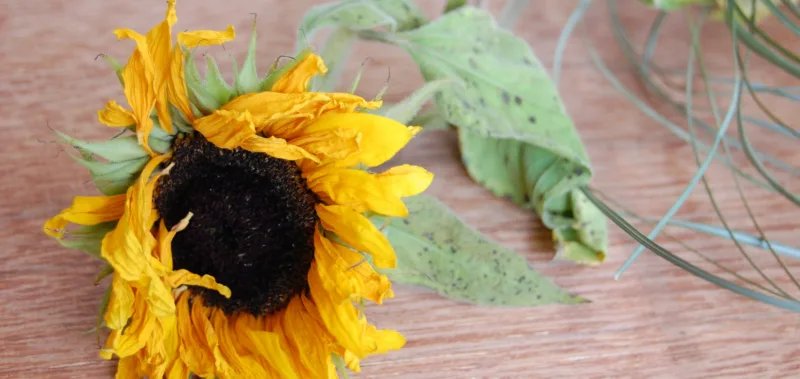
But often what is instead revealed is a horror, a travesty in our yards. Instead of finding our friends of the yard eager to grace us with their presence once again, we only find sorrow; the damaged branches, missing parts, broken limbs, buds that don’t open, or perennials that fail to rise once again from the cold earth. We are confronted with the loss of a favorite plant, and that loss can be heartbreaking.
Since we’ve made it our mission to be your guides through the transformation of your outdoor living spaces in this harsh northern environment, it is only fitting that we help you through this troubled time as well. And so I present you with this somewhat unfortunate yet necessary instruction manual on how to cope with the loss of a cherished plant in your landscape.
Plants are Living Things Just Like Us
The loss of a loved one in the landscape reminds us that our landscapes are alive. In this high-tech world of the concrete jungle, toxic fast food, and artificial everything, we often forget that the plants in our landscapes are in fact a form of life, just like you and me. Our trees and shrubs, our perennials and lawns, and our groundcovers and trailing vines are all living beings.
As living beings, the plants in our landscapes pass through the “cycle of life” and all of its stages. Our plants are born, they grow up, they reproduce, and then they die to be replaced by the next generation of their species.
For some, like our annuals and vegetables, this entire cycle takes place in a single year. For others such as trees, their life cycles can even be longer than ours; some hardy northern oak trees will live for hundreds of years!
And as all living things pass through the phases of life, so they all must eventually die. Yes, all plants will die, whether it’s the rutabagas in your veggie garden, the grass that spans your lawn, the lilies that brighten up your border, or the stately shade tree that stands guard over your home.
As much as you may desire your landscape to be an eternal testament to your achievements in life or an immortal tribute to your gardening prowess, it too will eventually pass into the dark abyss of time.
Are They Really Dead?
So you’ve lost a cherished plant in your landscape and are ready to begin the grieving process. But before you issue the death certificate for your loved one and proceed to get out the spade or the hatchet, it’s probably wise to make sure the plant is actually dead.
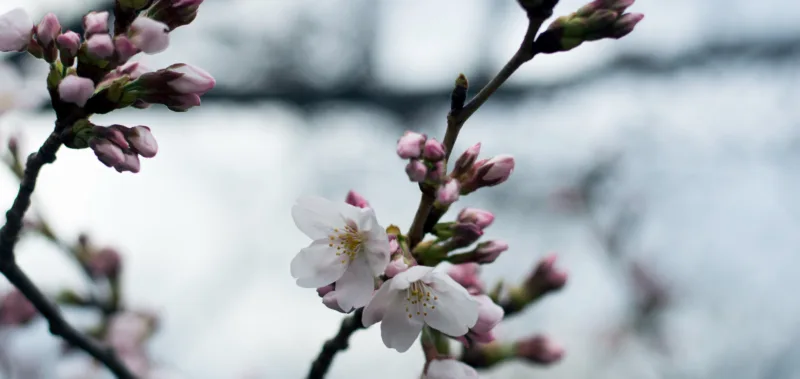
Read Also :
Too often anxious homeowners and gardeners make hasty decisions about the demise of a family treasure. Some plants are naturally slow to make their appearances in spring, often deceptively so.
Perennials such as coneflowers are notoriously late risers and are often dug up by impatient or absent-minded gardeners who forgot there was even a plant there. Some late risers such as oaks and catalpas naturally take their time breaking bud in spring, preferring to sleep in a little.
Maybe only parts of your plant are dead, but the plant as a whole is still worth salvaging. Various plant parts exhibit varying degrees of hardiness; flower buds are the least hardy and may be lost to a particularly harsh winter, but the leaf buds or stems may survive and the plant may recover fully.
It may not be wise to throw the baby out with the bath water and write off the entire shrub just because it didn’t bloom this year.
Even if the majority of the plant’s growing parts appear to be dead, there may yet be hope. Though there may be nearly total death of the above-ground growing parts, many plants have hardy below-ground parts that can rise again from the ashes to produce a full plant once more in time.
This is the case for all perennials, most shrubs, and even some trees, which can regrow from the bases, saving you the trouble of excavating the previous plant and purchasing a new one to start over again.
Making the Tough Decisions
On the other hand, it might just be the right time to let go of your loved one, painful as that may be. So how do you know when it’s time to pull the plug? Landscapes get old, just like we do. However, unlike with humans, there comes a time when it’s appropriate to scrap an entire landscape and just start over.

Sometimes it’s easier to bring out the bulldozer and remove the creaky trees that have become a safety hazard and the overgrown shrubs that have started to crowd the house. It’s entirely possible to rejuvenate a tired old landscape by killing it first and then beginning anew.
Not something you want to be considering with Grandpa, now, is it? Often, though, the demise of a plant is a result of a failure of the homeowner, whether through bad planning, negligence, or just plain neglect. In these cases, the hardest part might be admitting our mistakes and declaring our “experiments in landscaping” a failure.
You knew that flowering dogwood tree wasn’t hardy for your zone, and yet you planted it. You were well aware your garden had a drainage problem, but you went and planted lilies there anyway. The five dead cedars in a row must have been a clue that the south side of a white house isn’t a great place to stick an evergreen, but you just had to have one there, didn’t you?
In these cases, swallow your pride and do the right thing. Euthanize the plant and end its suffering. Sure, it will hurt both the plant and your tender ego, but it’s the right thing to do.
There are several ways to humanely put a plant to sleep. If it’s small, get out a spade and just dig it out. For smaller shrubs, it may only require a creative approach and a little elbow grease to get the roots out, but for larger shrubs, it may be quite the challenge to remove well-established roots.
And when it comes to trees, you’re best to hire a professional who can get in and safely cut down the tops without them coming crashing down on other loved ones, plants, or humans.
The Grieving Process
Regardless of how they died, at some point, you will have to accept the loss of your plants and go through the grieving process. First of all, know that it’s OK to mourn your deceased plants – you have my permission.

They were with you as the kids grew up, they increased the value of your home, and they were going to be your eternal monuments to a yard well tended. Loss is hard to handle, and it’s no different in your landscape, so don’t be afraid to let it all out.
The first thing to do is find a fitting fond memory of your favorite plant; the showy flowers that one spring, the delicious fruit it bore, the oddly variegated leaves that had everyone asking. Remember the good times you had together, and don’t be afraid to share your treasured stories with fellow gardeners.
If this was a stately 50-year-old tree that was the envy of the entire neighborhood, then they will surely empathize with your loss. If, on the other hand, it was a perennial that you lost, or worse, an annual, you should probably keep the mournful tale to yourself – they may not quite understand your pain.
Of course, should your grief for your cherished plants become an obstacle to going on with your life, it may be time to seek professional help, for example by hiring a landscape designer or landscape architect.
Not only will they help you get past your loss, but they’ll likely help ensure it won’t happen again. And if you find that you’re fraught with grief over the death of your vegetables as you harvest them in the fall, it may be time to seek the help of a good therapist instead.
Undertake a Forensic Analysis
Very often the healing process is aided by finding some meaning or value in the loss. An important part of that is analyzing what went wrong so that you can take corrective actions the next time around and avoid condemning another of your yard guests to an untimely demise.
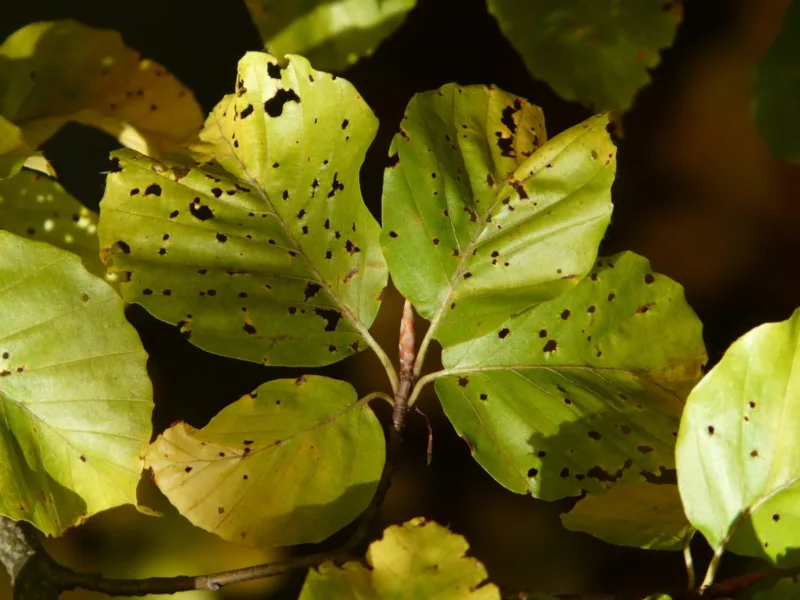
Very often we were good to our plants, and yet they left us without as much as a parting farewell. You can take some solace in the knowledge that, as is the case with humans, plants can fall victim to several diseases. Some of these befall a plant completely out of the blue, while others are predisposed by factors that are within our control.
And then there are the hordes of insect pests that are so eager to destroy all that we hold dear in our yards. Of course, we humans are not quite as subject to insect attacks as our plants, but that’s just one of those things that makes us a superior species!
Plants can also suffer from the vagaries of nature; after all, it’s a harsh world out there, and our green friends aren’t able to build shelters for their protection like we are.
Northern winters are particularly tough on plants. They experience the full brunt of the biting cold, the drying winds, and the warming sun. Winter drives animals to chew the branches off our shrubs and gnaw the bark off our newly planted trees, or to dig up our lily bulbs for a nice light snack.
Life is particularly difficult for newly planted trees and shrubs. Many experience transplant shock in their first year, a result of damage sustained by the roots during a transplant or when they were dug from their growing fields.
When combined with a particularly nasty winter, the results can be as trivial as stunted growth, or as catastrophic as the death of the entire plant. Some won’t even make it to winter, succumbing to the reality that plants were not created by nature to be moved.
Committing Herbicide
Unfortunately, more often than not, we are the authors of our plants’ demise, the very same caretakers of these denizens of our outdoor living spaces. On the loss of a loved one, you must ask yourself, was it death by natural causes or did you in fact commit “herbicide”?

We kill our plants with neglect. We don’t water them during periods of drought, or we over-water them while Noah is building an ark. We fertilize our shrubs in late August just to stretch a few more weeks of bloom but instead drive them to grow vigorously right into winter when the tender growing parts die, having never properly hardened for winter.
We ignorantly cram moisture-loving plants into the driest possible locations, and xeriscape plants into pools of standing water. We stick sun-lovers in the deep shade just because we want that particular color there, and we subject shade-lovers to the blazing hot afternoon sun.
We demand that azaleas and Rhodos grow in soggy clay, and that cherry trees produce in pure sand. These plants never stood a chance from the outset.
And if that wasn’t enough, we completely ignore the whole concept of hardiness zones, pretty well the most important thing a northern homeowner or gardener must respect. So the tag on that Bigleaf hydrangea says zone 6, but I absolutely must have one in my yard because it looks so pretty!
Who cares if flowering cherry trees aren’t hardy, I want one! If I give enough love to that Fritillaria, it’ll grow here, won’t it? Most will just thumb their noses at you and die outright, but others will linger in your landscape, dying a slow, protracted, and ugly death of many years.
To add insult to injury, we still find ways to torture those remaining plants that somehow found the inner strength to carry on despite the overwhelming odds we have placed against them. We smash against them with our lawnmowers. We strip the bark with our convenient weed trimmers. We walk all over them, and if we’re in command of a vehicle, we drive all over them.
When you really think of it, is it really any wonder that your “cherished” plant died?
Beyond the Pain
Once you’ve got past the grief, you’re ready to move on with your life. You’ve accepted that change is a fact of life and a fact of landscaping. It’s now time for new beginnings, a new start for that spot in your yard where once a true friend resided.

There may be a gaping hole in your yard where a mighty tree once stood, but this may in fact be the makings of an opportunity. Your analysis has helped you to learn from this loss, and now you can apply that learning to correct the underlying problems and avoid making the same mistakes again.
If nature robbed you of a precious plant, this time you’ll select varieties that are hardier or resistant to disease and insects. You’ll take the time to understand your yard and select the right plants for the right locations. And you’ll certainly be more careful with your yard tools.
Maybe it’s the right time to take a fresh look at that part of the yard as a whole rather than just the plant that used to be there. Maybe the loss of an old tree has exposed a wonderful view that lay concealed.
Perhaps this is the right location for a special garden with correctly amended soils. Maybe you now have kids, and a wide expanse of green space is opportune, or the kids have grown up and left home, and now it’s time to adapt the entire landscape to suit your changing needs.
Finally, you’ll have developed a deep appreciation that as the cycle of life goes in your landscape, so goes your landscape. Rather than attempting to create a fixed and eternal monument to your glory, embrace change as an element of interest in your yard.
Make the cycle of life a part of the landscape, a dynamic composition that is ever-changing as plants come and go, and trees and shrubs mature.
And last but not least, be sure to give back to nature. Turn your loved ones into mulch, and use them to protect the roots of the next generation of plants in your landscape. It’s a fitting tribute to a life well lived!




